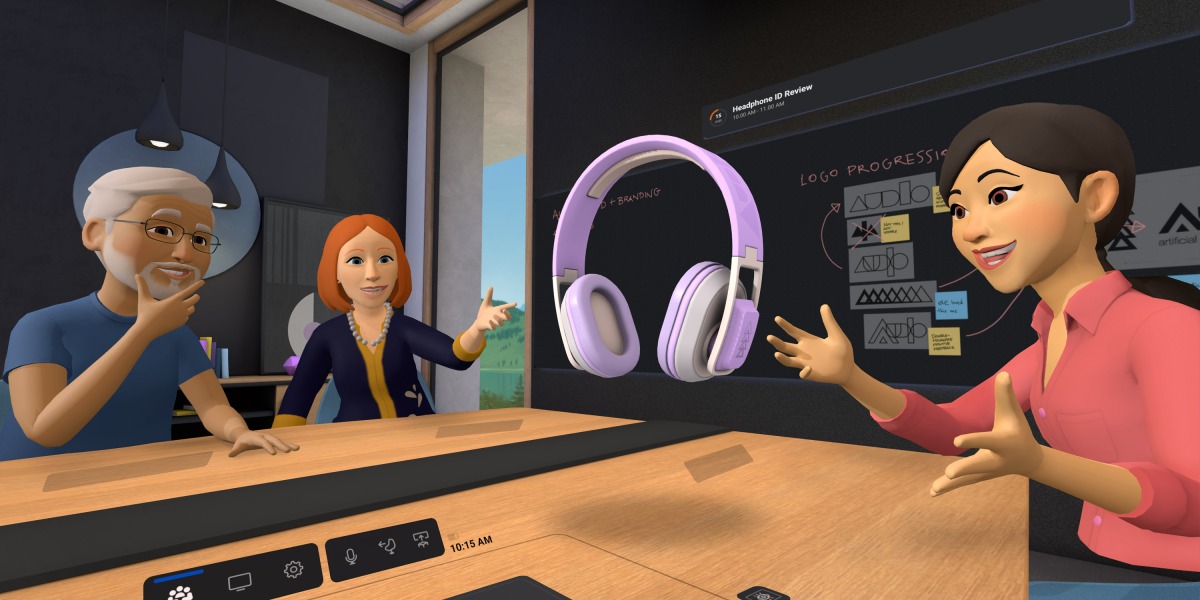
So its current strategy seems to be to release a string of updates to see what might get people interested—a “throw spaghetti at the wall and see what sticks” approach, if you will.
Besides the Meta Quest Pro, the company also announced at the event that it was going to open up Horizon Worlds, the social media platform within Meta’s metaverse, to mobile and desktop users, so people without a headset will be able to access the virtual world.
That’s a notable step: it’s a tacit admission that VR headsets aren’t taking off as quickly as the company would like. Without a critical mass of people who understand what the metaverse feels like or even is, Meta can’t hope to have its products adopted. Opening its virtual worlds to the formats consumers are comfortable with (their text messages, their browsers, the company’s beleaguered Instagram platform) gives people who aren’t open to shelling out $399.99—much less $1,499.99—a way to experience the new world.
What’s also made the metaverse a hard sell is the disorienting experience of being a floating, legless torso, and Meta announced that it won’t be that way anymore. Previously, Andrew Bosworth, Meta’s CTO, said in an Instagram AMA that full-body avatars were difficult to implement, particularly because VR tracking usually comes from someone’s real-life eyes and hands. “Tracking your own legs accurately is super hard and basically not workable just from a physics standpoint with existing headsets,” he said in February.
